Essential Hearing Maintenance Tips to Preserve Your Hearing Health
This article explores the essential role of hearing aids in preserving hearing health and guides proper hearing aid maintenance. Hearing aids are more than just devices; they are vital tools that help individuals communicate, socialize, and engage with the world. Maintaining your hearing aids and understanding how to care for them properly can greatly enhance your quality of life. In today's noisy environments, it's easy to overlook the stress placed on our ears, making knowledge about hearing aid care and hearing protection more important than ever.
Understanding Hearing Health and Hearing Aids
The ear is a complex organ, with the outer, middle, and inner ear working together to process sounds. The outer ear captures sound waves and funnels them to the eardrum, which vibrates in response. These vibrations move through the middle ear's tiny bones and reach the cochlea in the inner ear. The cochlea converts vibrations into electrical signals, which the auditory nerve sends to the brain for interpretation. Any disruption in this process can lead to hearing loss, making hearing aids a crucial tool for restoring auditory function.
Hearing aids amplify sound and tailor it to the user's specific hearing profile. They are designed to compensate for different types of hearing loss, including sensorineural loss, which involves damage to the inner ear or auditory nerve. Age-related hearing loss is particularly common; according to NIH.gov, age is the strongest predictor of hearing loss among adults ages 20-69, with the greatest amount of hearing loss in the 60-69 age group. Regular use of hearing aids, combined with proper hearing aid maintenance, can help individuals retain their communication abilities and overall auditory health.
Identifying hearing loss early is key to effective intervention. Signs include difficulty understanding speech, frequently asking people to repeat themselves, or increasing the volume on devices. Audiologists can evaluate hearing through tests such as audiograms and recommend suitable hearing aids.
Addressing hearing loss promptly ensures that hearing aids work optimally and hearing aid maintenance remains manageable. Additionally, understanding hearing health empowers individuals to advocate for their needs in social and professional settings, ensuring that hearing aids provide maximum benefit throughout daily activities.
Protecting Your Hearing in Everyday Environments
Exposure to loud noises is a leading cause of hearing damage, even for hearing aid users. Concerts, industrial settings, and personal audio devices at high volume can accelerate hearing deterioration. Limiting time in these environments, using protective earplugs, and taking breaks from noise are essential habits. Maintaining a quieter lifestyle supports both natural hearing and the performance of hearing aids.
Ear protection devices, including custom-fitted ear molds, work in tandem with hearing aids to prevent further hearing loss. Proper insertion and consistent use are crucial. People who rely on hearing aids must also ensure that their devices are not exposed to excessive moisture or debris, which can hinder performance. Hearing aid maintenance in these scenarios is vital to prolong device longevity and maintain optimal sound quality.
Creating a hearing-friendly environment at home or work helps reduce auditory strain. Noise-dampening materials, quiet zones, and open communication about hearing needs contribute to improved daily experiences. For hearing aid users, such accommodations reduce the likelihood of device overuse or improper settings. Incorporating environmental awareness with regular hearing aid maintenance promotes overall hearing health. Additionally, being proactive in modifying environments, like reducing background noise during family gatherings or meetings, can significantly improve the effectiveness of hearing aids and enhance the quality of life.
Preventative Care and Regular Checkups
Audiologists are indispensable in diagnosing hearing loss and recommending appropriate hearing aids. They provide individualized care plans, educate patients about proper hearing aid maintenance, and ensure devices are correctly fitted. Regular consultations allow for adjustments that optimize hearing aid performance and help detect changes in hearing over time.
Routine hearing evaluations are particularly important for older adults. Early detection of hearing loss allows for timely interventions and reduces the risk of social isolation and communication challenges. According to NIH.gov, age significantly impacts hearing, with the 60-69 age group experiencing the greatest amount of loss. Regular checkups with an audiologist, combined with diligent hearing aid maintenance, help maintain auditory function and prolong device effectiveness.
Symptoms like difficulty understanding conversations, tinnitus, or auditory fatigue should prompt professional evaluation. Audiologists may adjust hearing aid settings or recommend alternative assistive devices. Maintaining a schedule for hearing aid maintenance, including battery checks, cleaning, and software updates, ensures that devices provide reliable support. Hearing aids are most effective when they are well-maintained and tailored to current hearing needs. Incorporating reminders or a simple calendar system for hearing aid maintenance can help users stay consistent with care routines, ensuring devices remain fully functional.
Healthy Habits for Ear Care and Hearing Aid Users
Proper ear hygiene is essential for individuals with hearing aids. Avoid inserting objects into the ear canal, as this can push wax deeper and cause blockages, which may interfere with hearing aid function. Clean the outer ear regularly with a damp cloth, and consult professionals for significant wax buildup. Regular hearing aid maintenance, including cleaning microphones and receivers, prevents malfunctions caused by earwax or debris.
Nutrition also supports hearing health. Diets rich in omega-3 fatty acids, antioxidants, and B vitamins help protect the inner ear and auditory pathways. Leafy greens, nuts, fish, and whole grains are excellent sources of these nutrients. Hydration promotes proper circulation, ensuring the inner ear receives essential nutrients and fluids. For hearing aid users, maintaining overall ear health reduces the strain on devices and enhances their performance.
Adopting a balanced lifestyle benefits both natural hearing and hearing aid functionality. Regular exercise improves blood flow to the ears, stress management reduces tinnitus severity, and adequate sleep supports general health. Incorporating these habits alongside consistent hearing aid maintenance creates an integrated approach to auditory wellness, maximizing the life and effectiveness of hearing aids. Community support, hearing health education, and staying informed about new hearing aid technologies also empower users to make the most of their devices over time.
Technological Advancements and Hearing Aid Maintenance
Modern hearing aids are technologically advanced, offering features such as noise reduction, directional microphones, Bluetooth connectivity, and personalized programming. These improvements allow users to experience clearer sound in diverse environments. Proper hearing aid maintenance ensures that all features operate correctly and that the device continues to meet the user's evolving hearing needs.
Assistive listening devices complement hearing aids, improving speech comprehension in challenging settings like classrooms, theaters, or crowded spaces. Telecoils, FM systems, and loop systems work with hearing aids to enhance auditory experiences. Regular maintenance, including cleaning and checking connectivity features, maximizes the benefits of these devices.
Cochlear implants provide solutions for profound hearing loss, translating sound into electrical signals sent directly to the brain. Like hearing aids, these devices require careful upkeep to function optimally. Regular consultations with audiologists and proper maintenance routines are essential for preserving device longevity and auditory performance.
Ultimately, hearing aid maintenance is integral to sustained hearing health and quality of life. Cleaning, battery checks, software updates, and professional assessments ensure devices remain reliable. By prioritizing preventive care, using hearing aids correctly, and following proper maintenance practices, individuals can enjoy enhanced hearing and stay connected with the world around them. For personalized advice on hearing aid maintenance or to explore hearing solutions, reach out to the experts at Chappell Hearing Care Centers today!
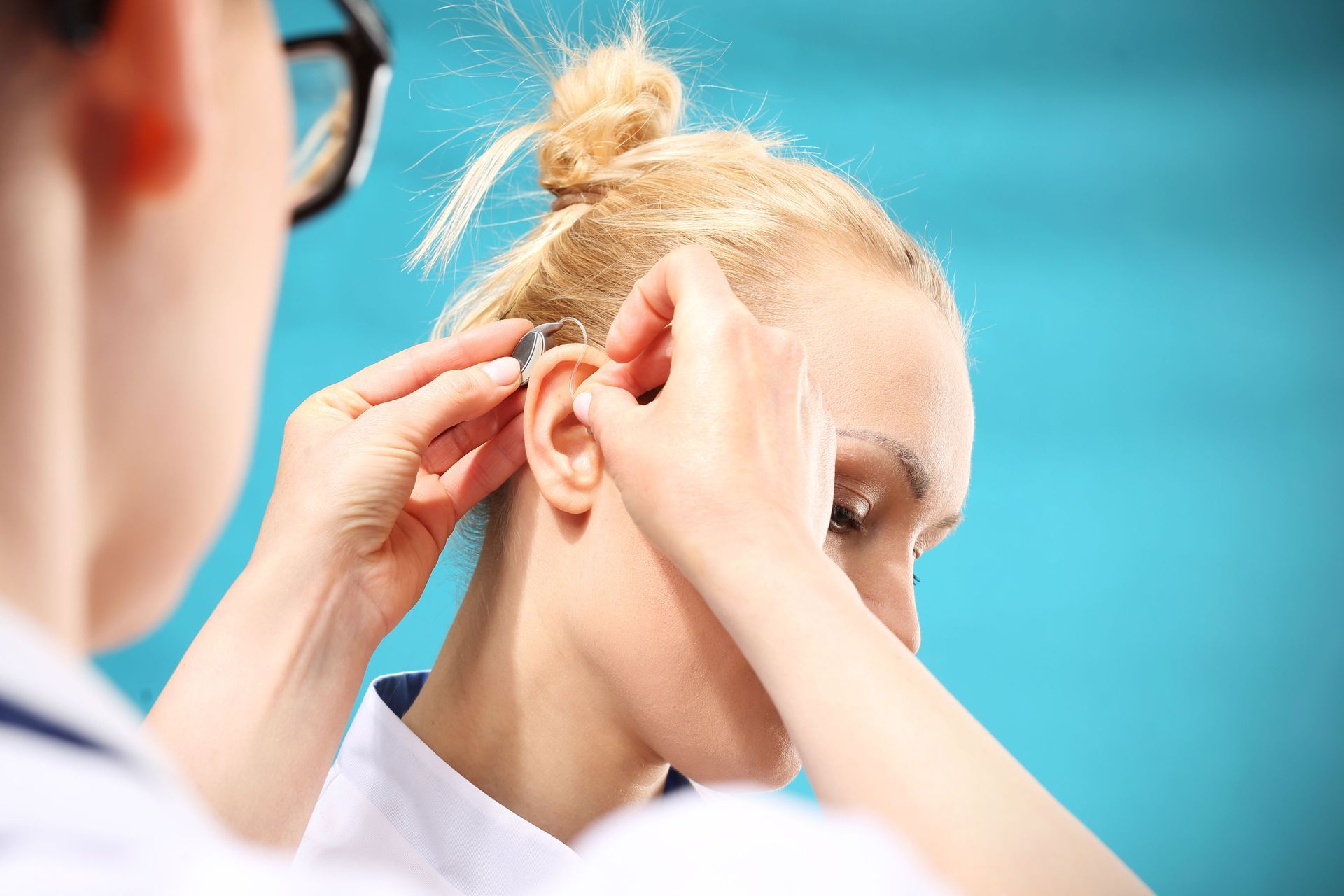

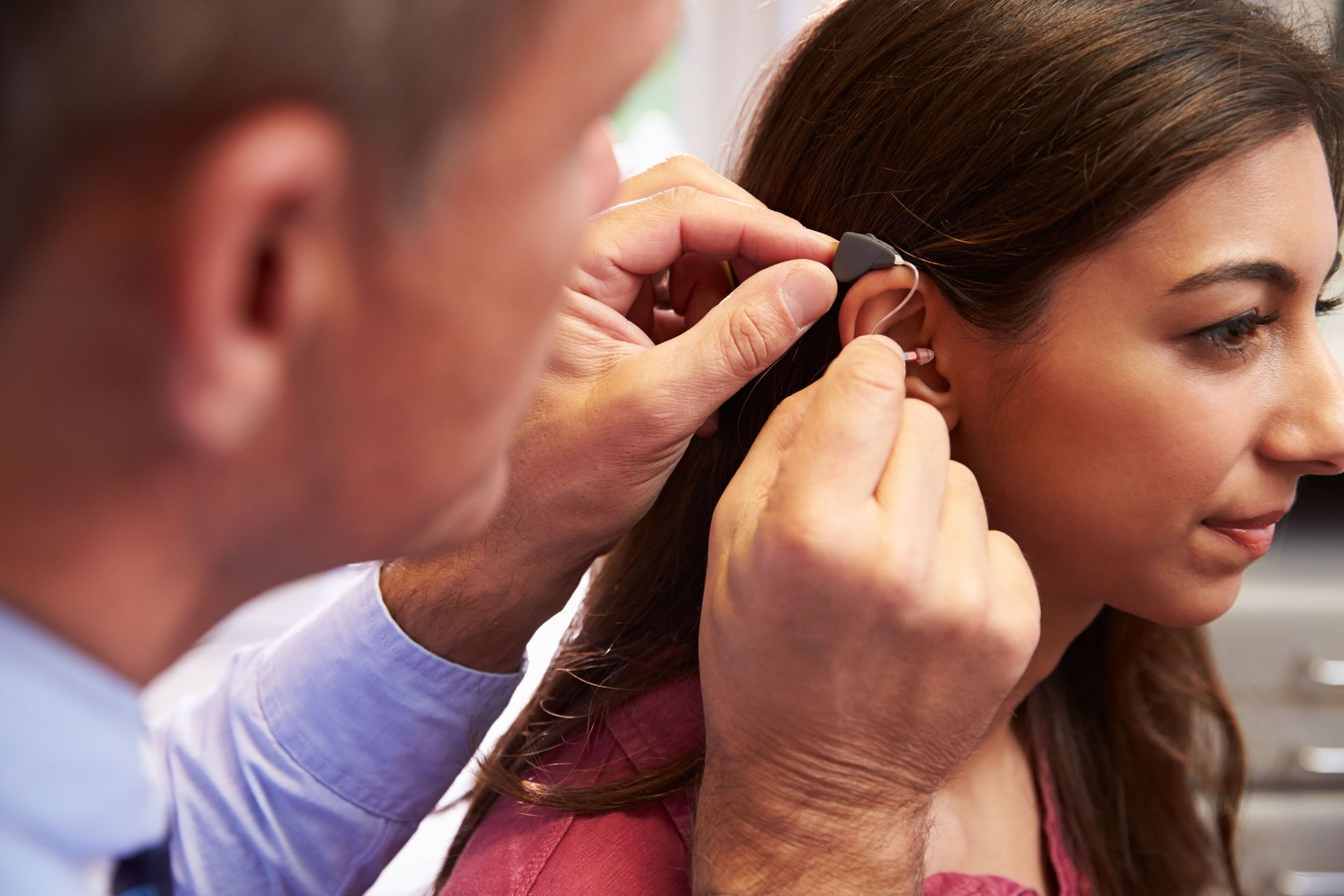
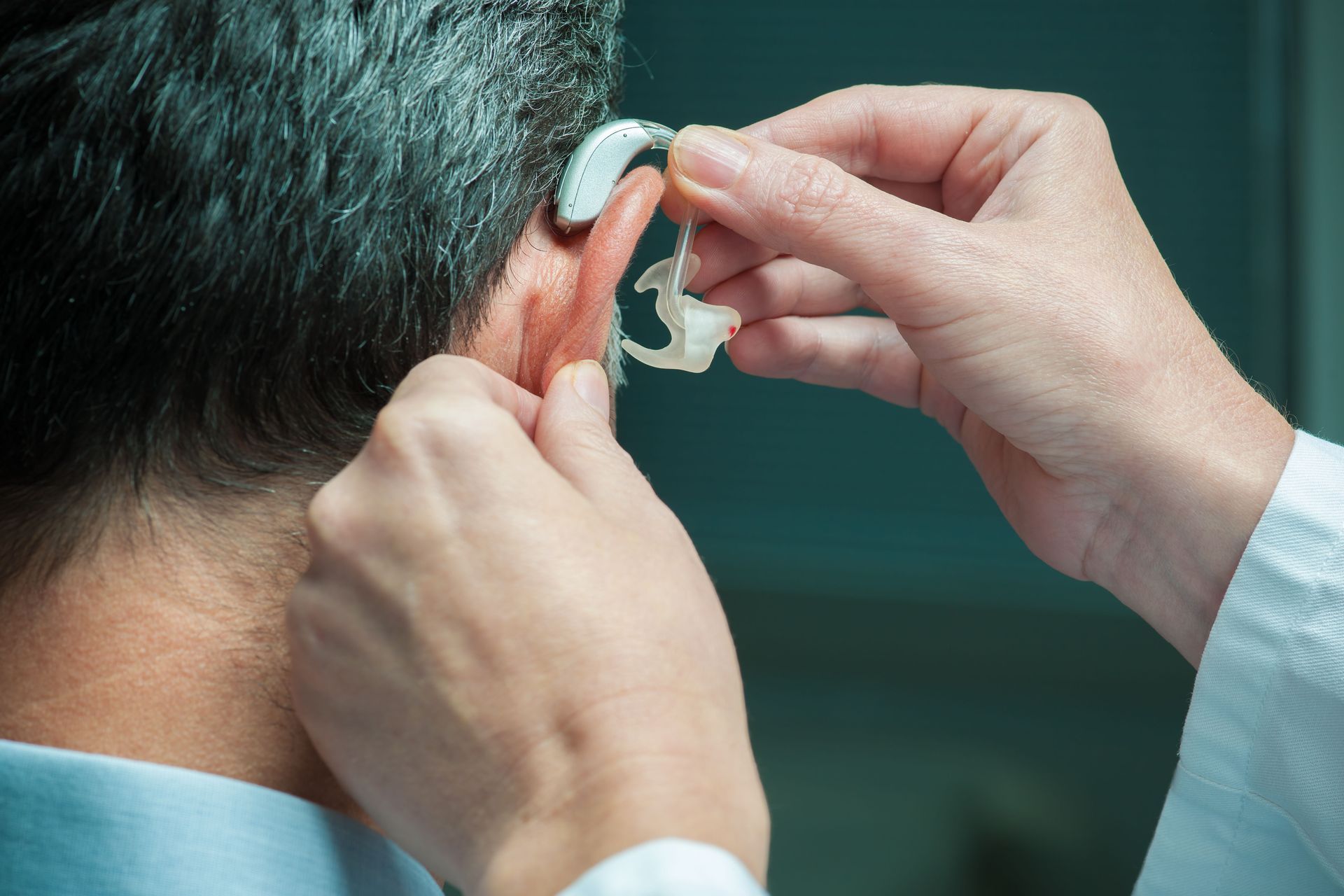
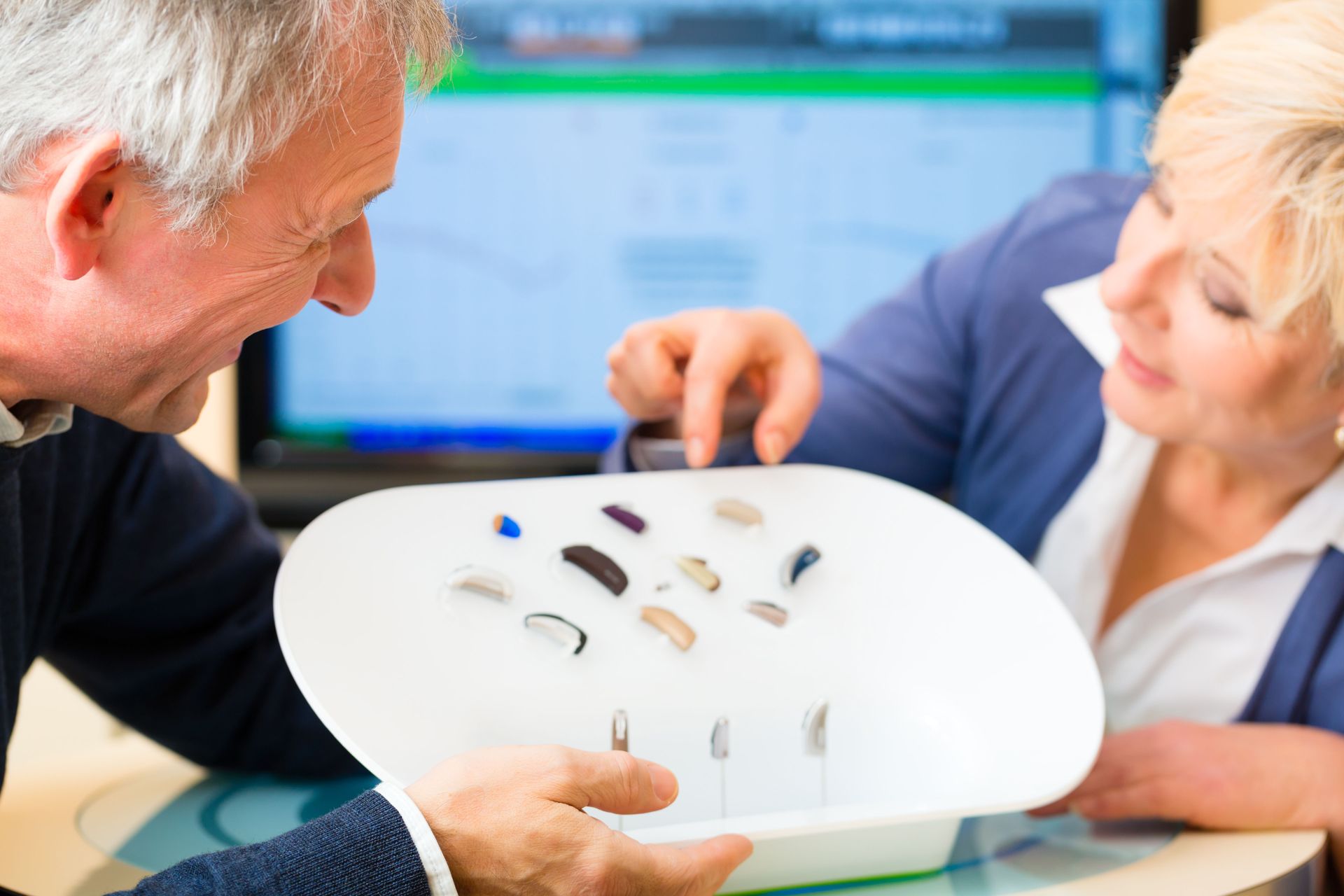

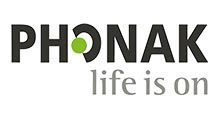
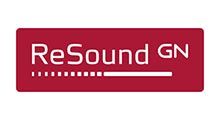

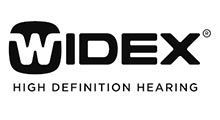


Share On: